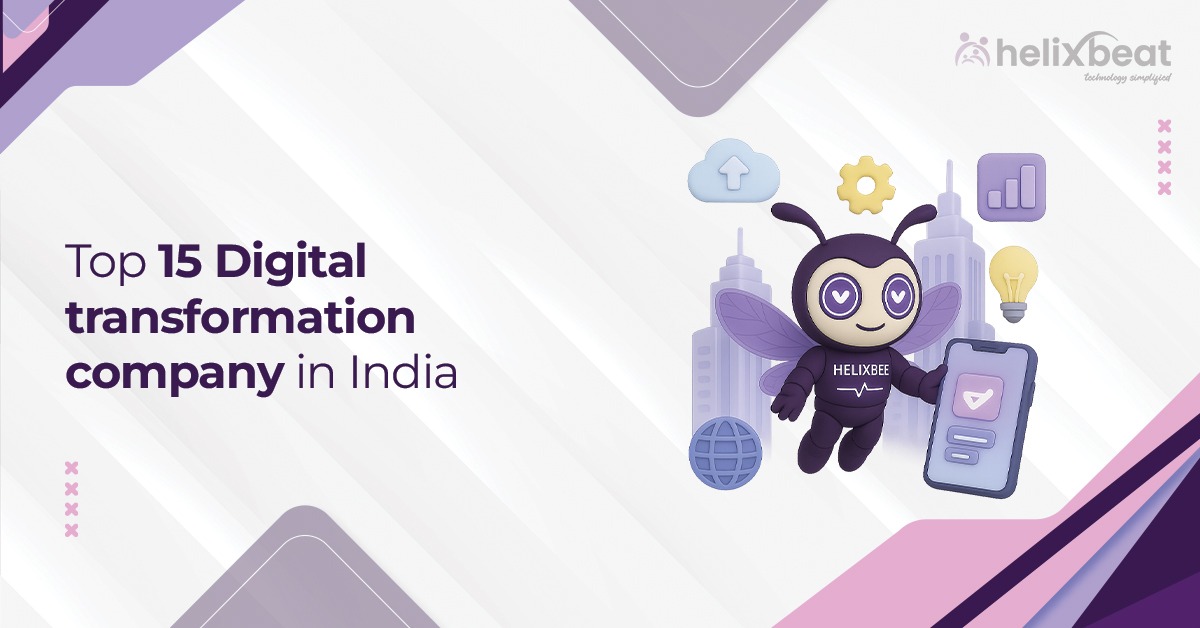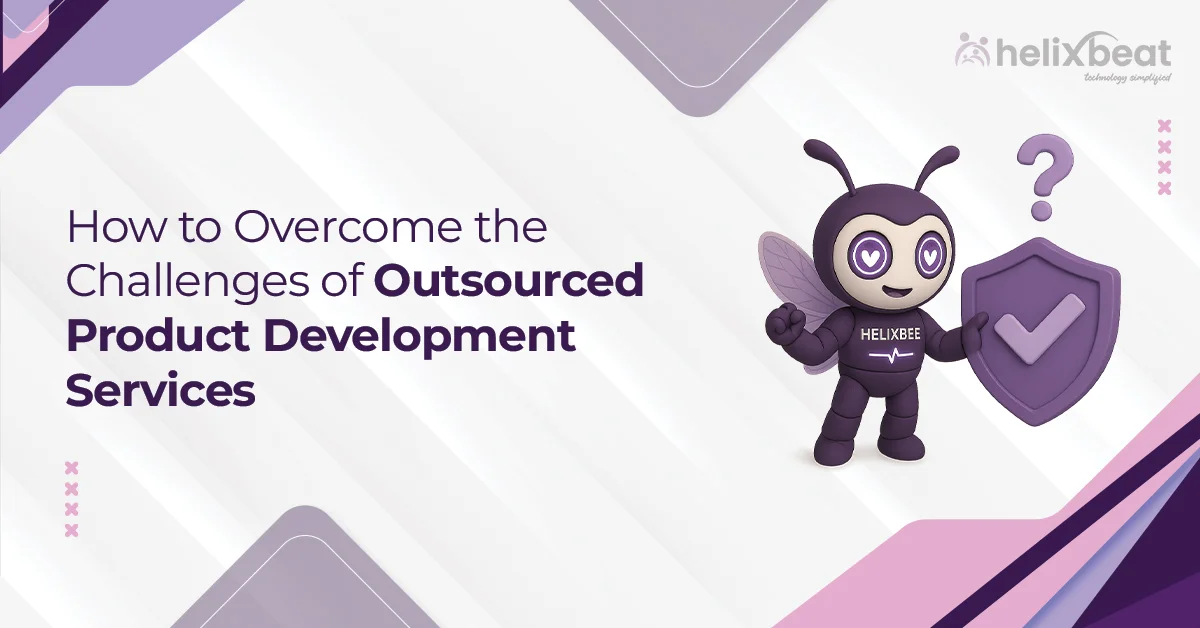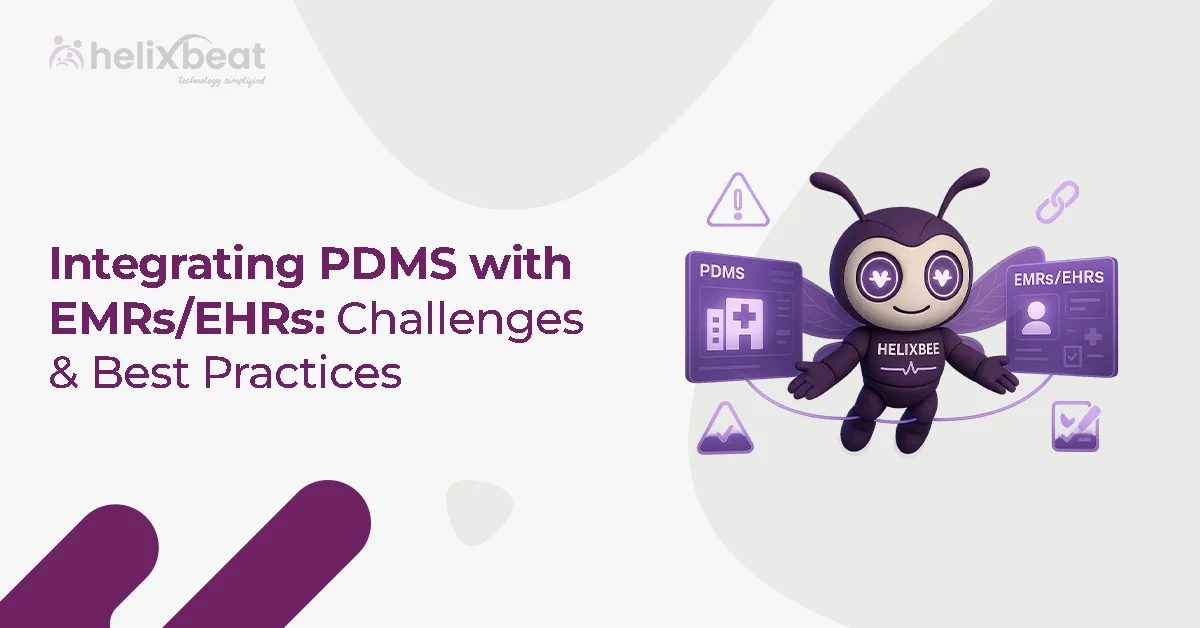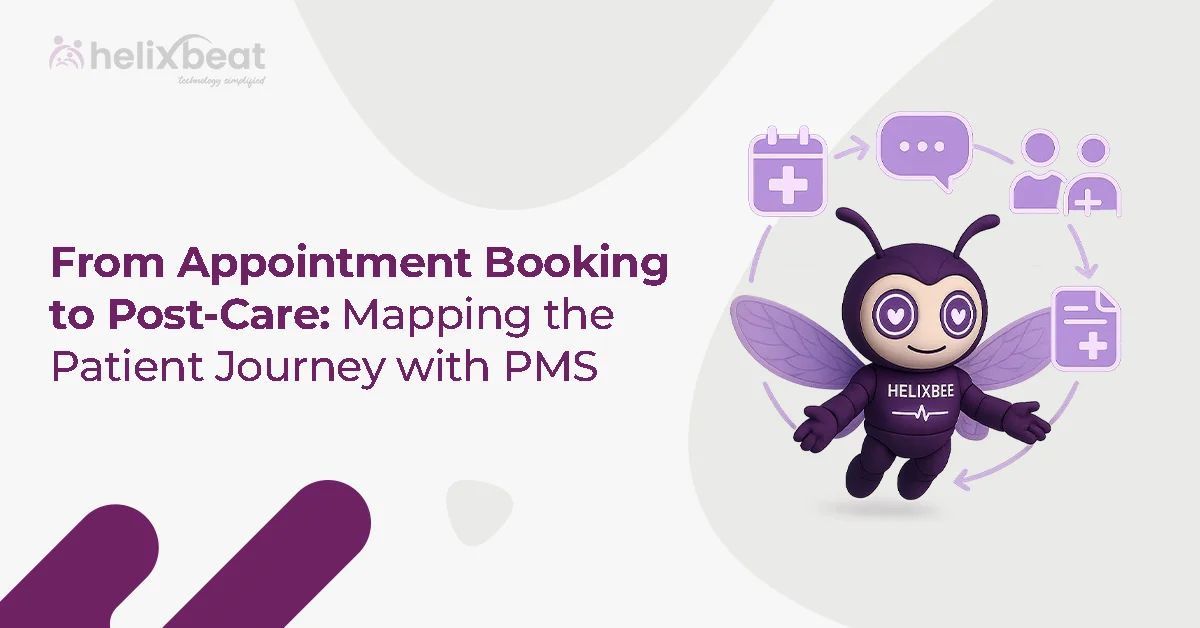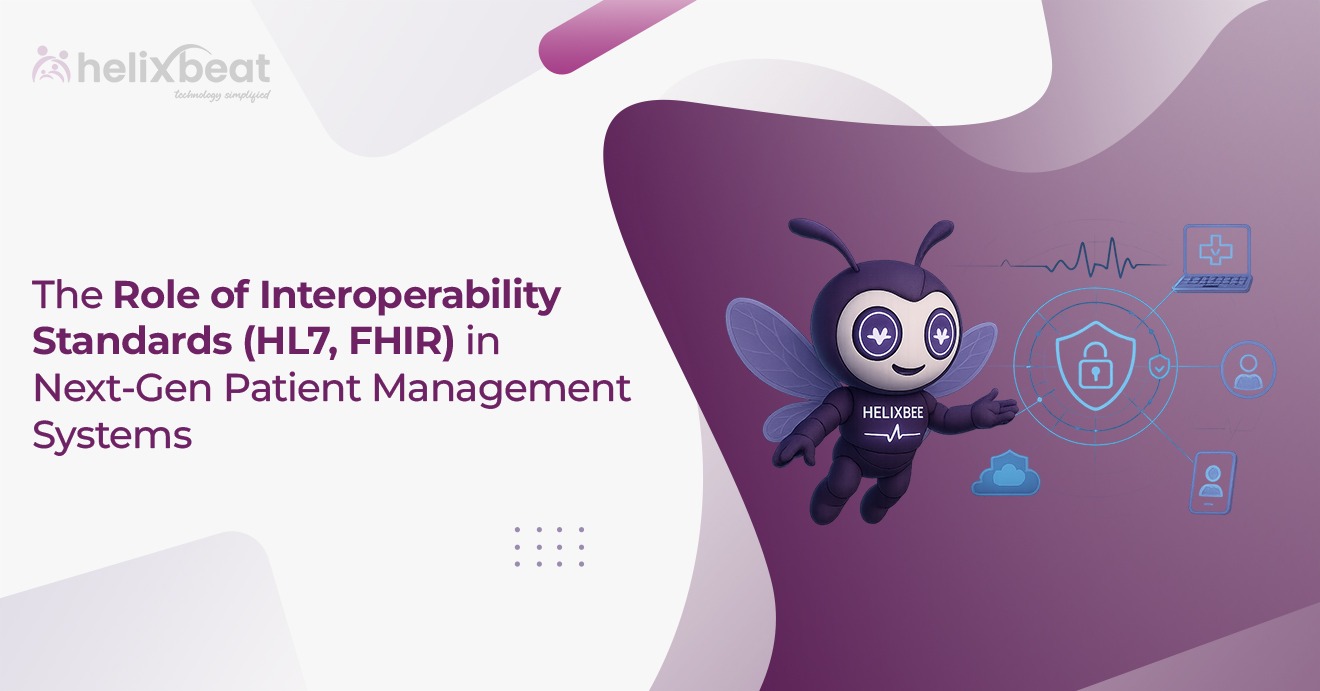Imagine a practice where patient records are at your fingertips, appointments are effortlessly scheduled, and billing is a breeze. Patient Management Software (PMS) can change this vision into reality. It can revolutionize how clinics, hospitals, and private practices operate. If you’re planning to adopt PMS, this guide will walk you through its features and the benefits it can bring to your practice.
Table of Contents
What is Patient Management Software?
Patient Management Software is a digital tool designed to streamline and simplify administrative and clinical workflow in healthcare facilities. It centralizes patient information, appointment scheduling, billing, and other critical tasks, offering a one-stop solution for managing the complexities of healthcare delivery.
Whether you run a small clinic or a large hospital, PMS is scalable and customizable to meet diverse operational needs. With PMS, healthcare providers can focus more on patient care rather than getting bogged down by administrative hassles.
Key Features of Patient Management Software
1. Appointment Scheduling
Appointment scheduling is a core feature of any effective patient management software. It helps patients book appointments online and reduces the need for time-consuming phone calls. Features like automated reminders via SMS or email help reduce no-show rates and keep your schedule optimized.
2. Electronic Health Records (EHR) Integration
Modern patient management software like PULSE integrates seamlessly with electronic health records (EHR) systems. This feature allows providers to access patient medical histories, prescriptions, lab results, and treatment plans in real time. The integration promotes better clinical decision-making and eliminates the redundancy of maintaining separate records.
3. Billing and Invoicing
Billing in healthcare can often be a complex process involving insurance claims, co-payments, and other financial elements. PMS simplifies this process by automating invoicing, generating accurate billing statements, and facilitating insurance claims management. This reduces errors and accelerates payment cycles.
4. Patient Portals
Patient portals empower individuals by giving them access to their medical records, test results, and appointment schedules. Patients can also use these portals to communicate securely with their healthcare providers, thus facilitating better engagement and transparency.
5. Analytics and Reporting
Data-driven insights are crucial for improving healthcare delivery. PMS includes robust analytics and reporting tools that help track patient trends, operational efficiencies, and financial performance. These insights can guide better resource allocation and strategic planning.
6. Customizable Workflow Automation
From patient check-ins to discharge, patient management software automates repetitive tasks and makes your workflow smoother. Also, customizable templates and settings allow healthcare providers to tailor the system.
7. Telemedicine Integration
With the rise of telehealth, patient management software like PULSE now offers telemedicine integration. This feature enables virtual consultations and bridges the gap between providers and patients who prefer remote care.

Benefits of Patient Management Software
1. Streamlined Operations
By automating routine administrative tasks, PMS allows your staff to work more efficiently. Tasks like patient registration, billing, and appointment scheduling become faster and less prone to errors. This reduces staff workload and helps maintain smooth daily operations.
2. Enhanced Patient Experience
Patients value convenience and transparency. With features like online appointment booking, real-time access to records, and secure communication channels, patient management software significantly improves the patient experience. As a result, happy patients are more likely to return and recommend your practice.
3. Improved Clinical Decision-Making
Access to accurate and up-to-date patient information is critical for effective treatment. PMS centralizes patient data, which makes it easier for providers to analyze medical histories and develop personalized treatment plans. This can lead to better health outcomes.
4. Cost Savings
While implementing patient management software requires an initial investment, the long-term cost savings are substantial. Automation reduces the need for manual labor, minimizes errors, and accelerates processes like billing and insurance claims. These efficiencies translate into financial benefits for your practice.
5. Regulatory Compliance
Healthcare regulations are complex, but patient management software like PULSE comes with built-in compliance features. From maintaining accurate records to ensuring data privacy, PULSE helps you stay aligned with legal and regulatory standards.
6. Scalability
As your practice grows, so do your operational needs. Modern PMS platforms are designed to scale alongside your organization, whether you’re adding new services, expanding to multiple locations, or increasing your patient base. This scalability makes it a future-proof investment.

Why PULSE Stands Out
Choosing the right Patient Management Software (PMS) is important for streamlining operations, enhancing patient care, and supporting the growth of your practice. Among the options available, PULSE emerges as a standout choice. Let’s explore how PULSE excels in each area:
1. User-Friendliness
Your PMS should be intuitive and easy for both staff and patients to navigate. PULSE has a clean, user-friendly interface designed with simplicity in mind. Whether scheduling appointments, managing patient records, or generating invoices, the system streamlines these processes with minimal training required.
2. Integration Capabilities
Seamless integration with existing systems such as Electronic Health Records (EHRs) and lab management software is critical to avoid data silos. PULSE integrates effortlessly with many healthcare applications and supports a unified workflow. This connectivity allows real-time data sharing, facilitates improved decision-making, and reduces administrative delays.
3. Security Features
In an age where data breaches are a big concern, robust security measures are non-negotiable. PULSE prioritizes data security with state-of-the-art encryption and adheres to stringent standards such as HIPAA. This safeguards patient information and protects your practice from potential legal risks.
4. Customer Support
Reliable and responsive customer support can be the difference between a smoothly running practice and constant frustration. PULSE is backed by a dedicated support team available 24/7. Whether it’s resolving technical issues, providing training, or answering questions, the team ensures minimal downtime and optimal platform utilization.
PULSE is more than just another PMS. It’s a comprehensive solution built with healthcare professionals in mind. By addressing the critical aspects of user experience, system integration, security, and support, PULSE empowers your practice to operate efficiently while delivering exceptional patient care.

Final Words
Patient management software is an invaluable asset for healthcare providers because it streamlines operations, enhances patient experiences, and drives better clinical outcomes. Whether you’re a small practice or a large hospital, investing in the right PMS can pave the way for sustainable growth and improved care delivery.
Discover how PULSE can revolutionize your patient management processes with its cutting-edge features and user-friendly design. Contact us to request a demo today!
FAQs
1. What is Patient Management Software (PMS)?
Patient Management Software is a digital tool designed to streamline administrative and clinical tasks in healthcare facilities, such as appointment scheduling, billing, and maintaining electronic health records.
2. How does appointment scheduling work in PMS?
Appointment scheduling in PMS allows patients to book appointments online, receive automated reminders, and minimize scheduling conflicts, which makes the process efficient and reduces no-show rates.
3. Can PMS integrate with existing Electronic Health Records (EHR) systems?
Yes, modern PMS platforms like PULSE can integrate seamlessly with EHR systems and provide real-time access to patient medical histories, lab results, and treatment plans.
4. What are the benefits of using a patient portal in PMS?
Patient portals allow patients to access their medical records, view test results, book appointments, and securely communicate with healthcare providers, which enhances patient engagement and transparency.
5. Does PMS support telemedicine?
Yes, many modern PMS solutions, including PULSE, offer telemedicine integration, enabling virtual consultations and expanding access to healthcare for remote patients.
6. How does PMS improve clinical decision-making?
By centralizing patient data, PMS provides healthcare providers with accurate and up-to-date information, enabling better analysis of medical histories and personalized treatment plans.







